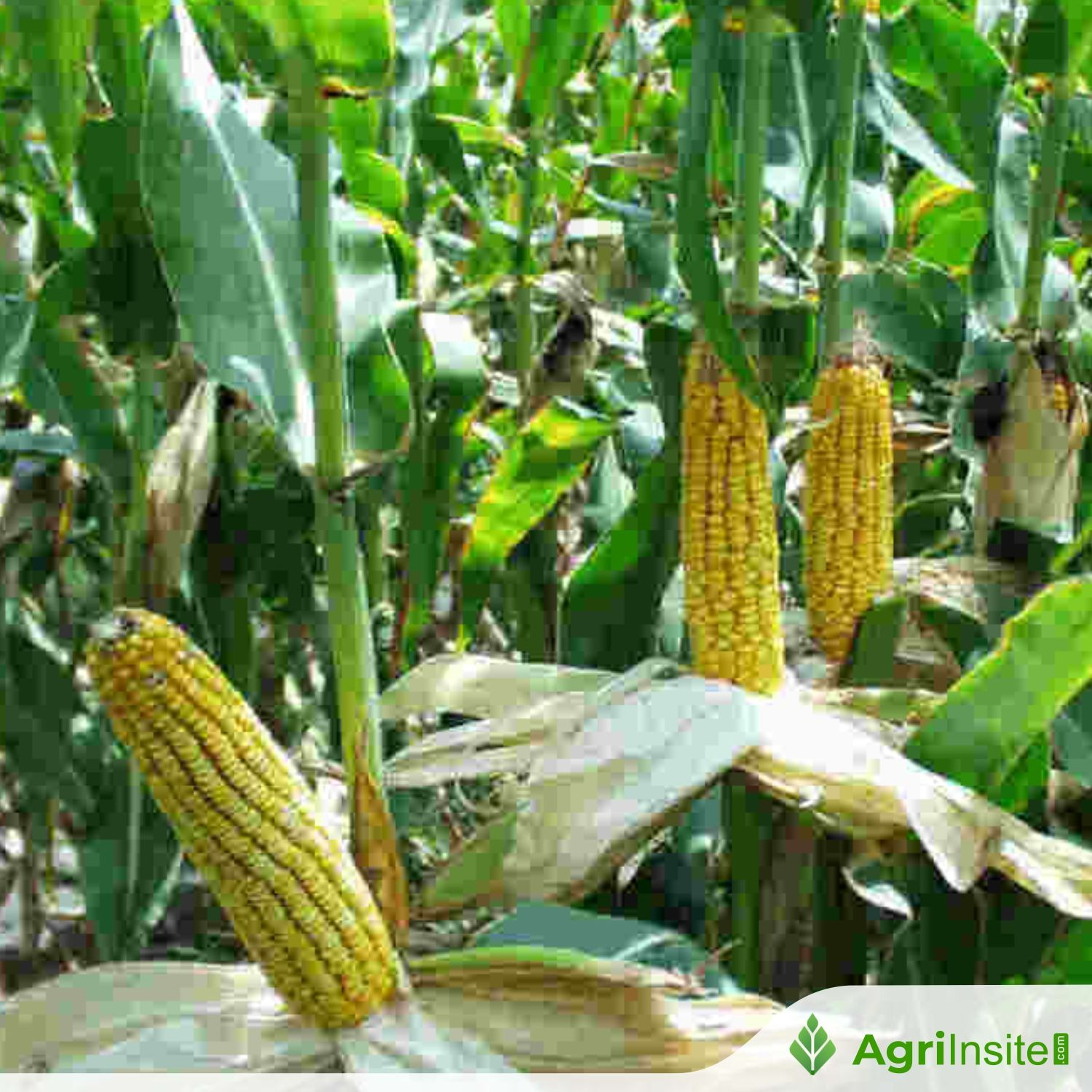Spring maize crop aggravating Punjab’s groundwater crisis

In Punjab, the introduction of short- and medium-duration paddy varieties aimed at reducing stubble burning has inadvertently exacerbated groundwater depletion. Farmers are now sowing spring maize between March and June, taking advantage of the extended paddy planting window. This shift leads to higher water consumption, as spring maize requires 18-20 irrigation cycles during dry months, further straining the state’s already limited groundwater reserves.
A solution to one environmental problem in Punjab has worsened another. In the last few years, various short- and medium-duration paddy varieties have been developed to curb the practice of farm stubble burning, which contributes to air pollution in October and November. However, an unintended consequence of this shift has been the accelerated depletion of the state’s groundwater levels.
How has this happened?
Farmers are increasingly sowing spring maize crop between March-April and June. With short-duration paddy varieties, they now have a longer window to plant the paddy crop, which previously began in mid-June.
As a result, spring maize, which requires 18-20 irrigation cycles, is further contributing to the depletion of Punjab’s already dwindling groundwater reserves.
Short- to medium-duration paddy varieties like PR124, PR126, PR131 and PR (developed by Punjab Agricultural University or PAU), along with the more recent Pusa-2090 (developed by the Indian Agricultural Research Institute), are seen as viable alternatives to Pusa 44. Pusa 44 is widely grown in Punjab and Haryana due to its high yield of 35–37 quintals per acre (0.4 ha) but takes 155–160 days to mature.
As a long-duration variety, Pusa 44 is harvested towards the end of October or early November, leaving little time for preparing the fields for sowing the Rabi (winter) wheat crop. This leads farmers to burn the standing stubble after harvesting paddy, which contributes to air pollution in Delhi-National Capital Region and other parts of North India.
In contrast, short-duration varieties take fewer days to mature. For instance, PR126 and PR131 take 93 and 110 days, respectively and can be harvested well before the wheat sowing season.
Sukhvinder Singh, a farmer from Barnala district in Punjab, switched to PR126 a few years ago. Around 2020, he also began sowing spring maize on 1.2 hectares (ha) of his 20 ha farm as a summer crop. “Now we have more time to sow paddy, so after harvesting wheat, we plant maize for silage (fodder) for cattle and harvest it before the paddy season starts,” he said.
Maize sown in March and April is even more water-intensive than paddy, as these are dry months and the crop needs at least 18-20 irrigation cycles due to high evaporation rates.
“Up to 90 days after sowing, the crop needs irrigation every second day,” explained Sukhvinder.
However, PAU has recommended sowing the crop between January 20 and February 15 as crop sown after mid-February may experience high-temperature stress and require more water.
“Spring maize is another paddy (in terms of depleting groundwater). The right season for maize is Kharif (from June onwards),” said Dhanwinder Singh, principal soil chemist at PAU’s soil science department.
In fact, maize has long been one of the crops recommended by the governments of Punjab and Haryana to diversify the rice-wheat cropping system. However, the growing trend of spring maize is becoming a serious concern for Punjab’s falling groundwater levels.
Source Link : https://www.downtoearth.org.in/agriculture/spring-maize-crop-aggravating-punjabs-groundwater-crisis














